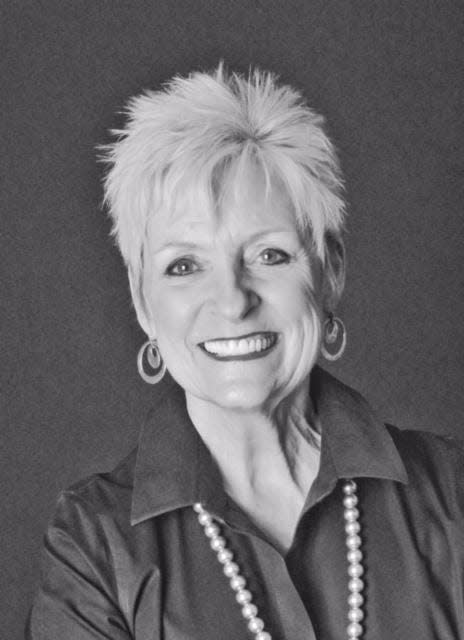What can we learn from 'Blue Zones' around the world? A healthier way of life, for one.

- Oops!Something went wrong.Please try again later.
The popularity of Dan Buettner’s "Blue Zones" phenomena is growing. I’ve mentioned it in the past, but I recently sat in on a webinar presented by him. He and his team have been collecting data about areas in the world with the greatest number of centenarians in their populations.
They have now designated five areas that exist around the world as the healthiest zones on the planet. The five Blue Zones are Ikaria, Greece; Okinawa, Japan; the province of Ogliastra in Sardinia, Italy; the Seventh-Day Adventists in Loma Linda, California; and Nicoya Peninsula, Costa Rica.
His work has established nine consistent denominators that are at the heart of their lifestyle and, consequently, their extended healthy lifespan. There is a good chance you’re not going to pack up and move around the world to gain access to these benefits, but might you think about changes in your own lifestyle right where you are?
Buettner's studies show that genetics dictate only 20% of your lifespan. Your lifestyle and environment influence the other 80%. Buettner calls these common denominators the “Power 9.”
• Incorporating moderate, regular physical exercise naturally as part of their daily routine. “People in the Blue Zones aren’t going to the gym, training for marathons or weightlifting … instead fitness in a way of life. Their lives are set up for activity — walking, gardening, cooking, and cleaning. Constant movement whilst doing daily tasks releases chemicals in the body known as neurotransmitters which promote endorphins, serotonin, and dopamine.”
• Life Purpose. “These people have a keen sense of life purpose and practice the psychology of well-being. The Okinawans call it ‘Ikigai’ and the Nicoyans call it ‘plan de vide,’ both loosely translate as why I wake up in the morning.”
• Down Shift. “Although stress serves its purpose in life, most stress can and should be avoided as its overpowering impacts can lead to serious health problems, such as chronic inflammation, cardiovascular diseases, diabetes.”
• 80% Rule. “People in Blue Zone areas follow the 80% rule and stop eating when their stomachs are four-fifths full.” Obviously, this results in better weight management. Many also practice periods of fasting, usually for religious reasons.
• Plant Slant. “The typical Blue Zone diet is plant-centric and predominantly vegetarian. Vegetables are homegrown, and they are not consuming packaged chemicals or processed foods.” They might eat meat one day a week.
• Wine at 5. “Blue Zone regions consume a glass or two of wine a day — except for Loma Linda (Seventh Day Adventists). It is common to drink in moderation with friends and family around food.” I was relieved to learn this one!
• Right Tribe. “Engagement in social life has shown to affect our health in aiding against depression, decreased stress, cardiovascular diseases, and other disorders. The right tribe and positive community has shown to support healthy behaviors.”
• Loved ones first. Blue zone families are very close, and they may live in multigenerational homes. “Relationships are strengthened with love and closeness, which encourages kids to care for their aging parents, and the cycle repeats.”
• Belong. “Blue Zones are typically engaged in spirituality or religion. Belonging within faithful communities can add up to 14 years of life.”
In Blue Zones week two, we’ll give thought to what this means for the typical American and how we might adopt and adapt the “Power 9” to live healthier, longer lives.
Find Connie’s book, “Daily Cures: Wisdom for Healthy Aging,” at www.justnowoldenough.com.
This article originally appeared on Topeka Capital-Journal: Dan Buettner’s 'Blue Zones' offer healthy lessons for longer life
